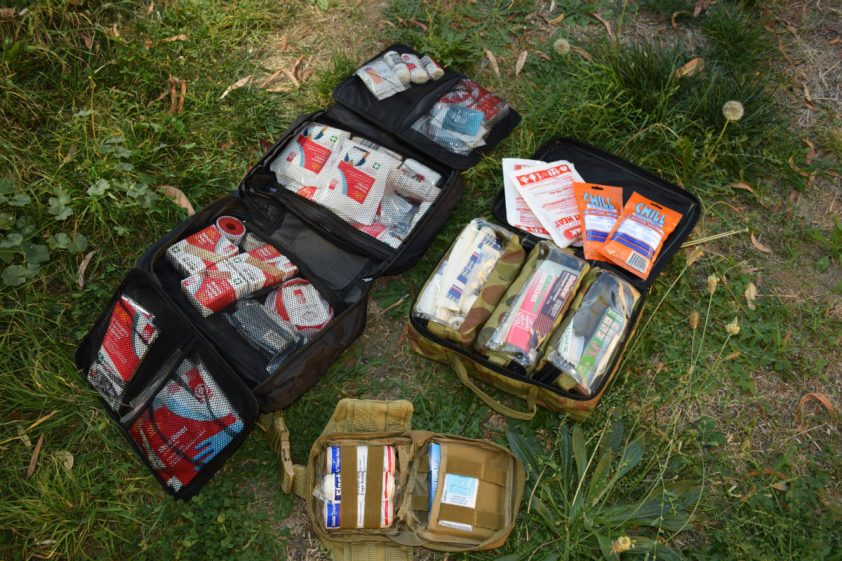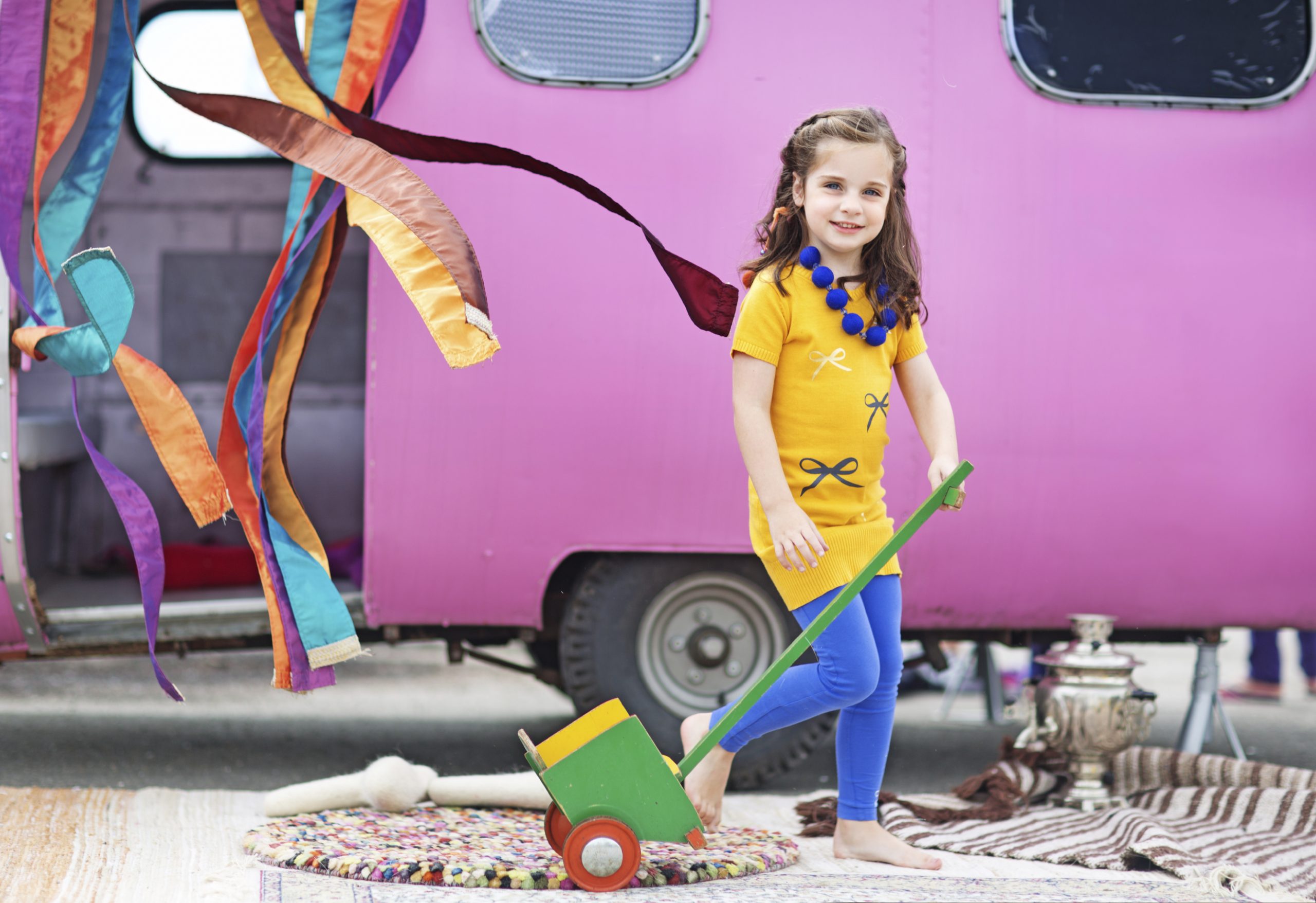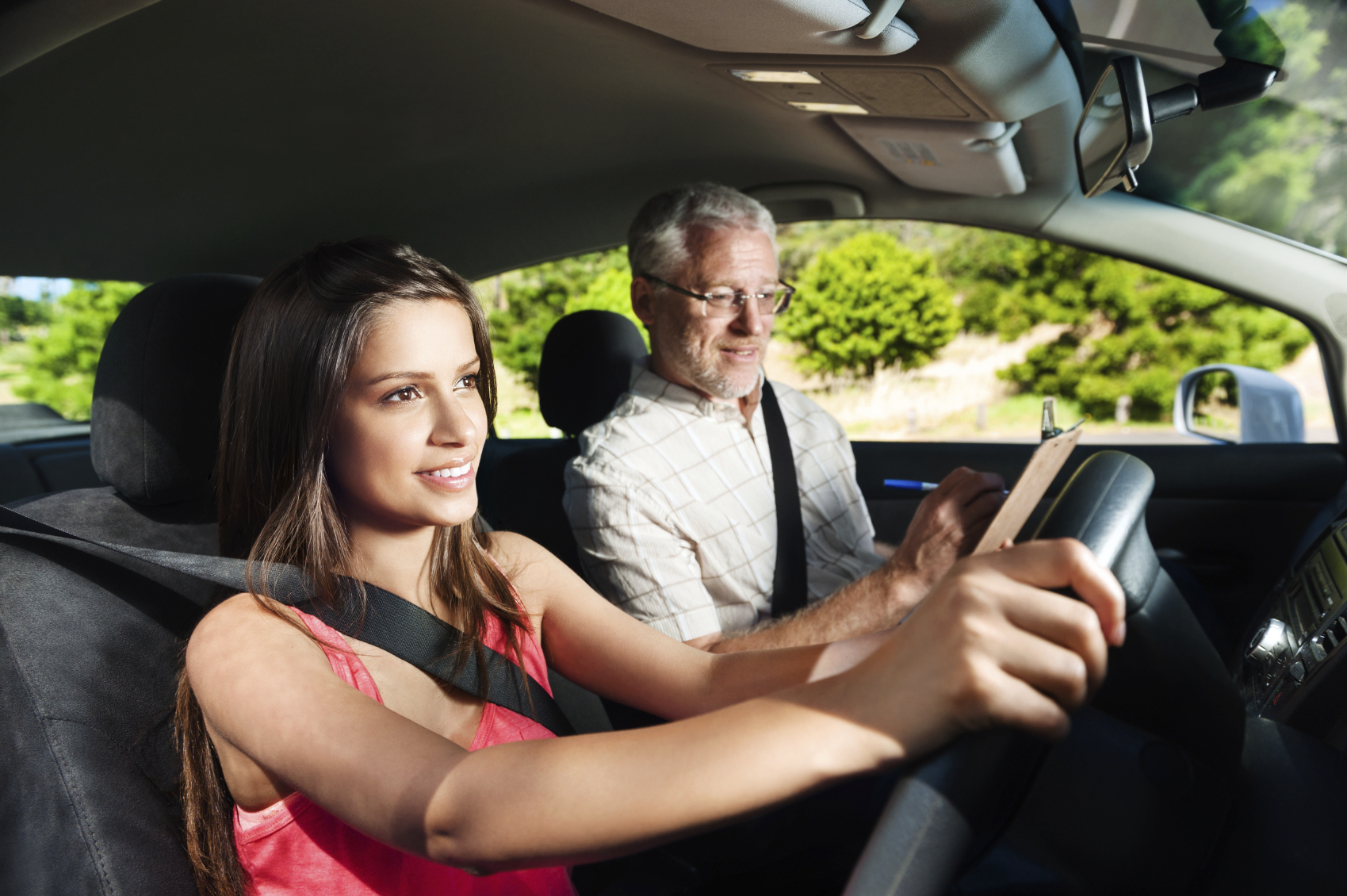There’s nothing worse than setting off on your big trip, only to discover, hundreds of kilometres down the road, that you’ve forgotten that one important item. And what if that item could save your life?
Most travellers have an exhaustive packing list for off-grid, long-range, or even short weekend, adventures, finely tuned over many months or years. But how many of us put that same time or energy into our first aid kits? An appropriate first aid kit is an investment in your family’s health and safety. If you simply grab the smallest or cheapest one you can find to ‘check a box’ on your packing list, you may live to regret it.
First aid kits are not one-size-fits-all. They come in an array of sizes and styles. And you need one appropriate to your travelling group, destinations and intended activities. Here, we look at four of the most common types of first aid kits travellers may need, and some other important items you may need to add.
SNAKE BITE KITS
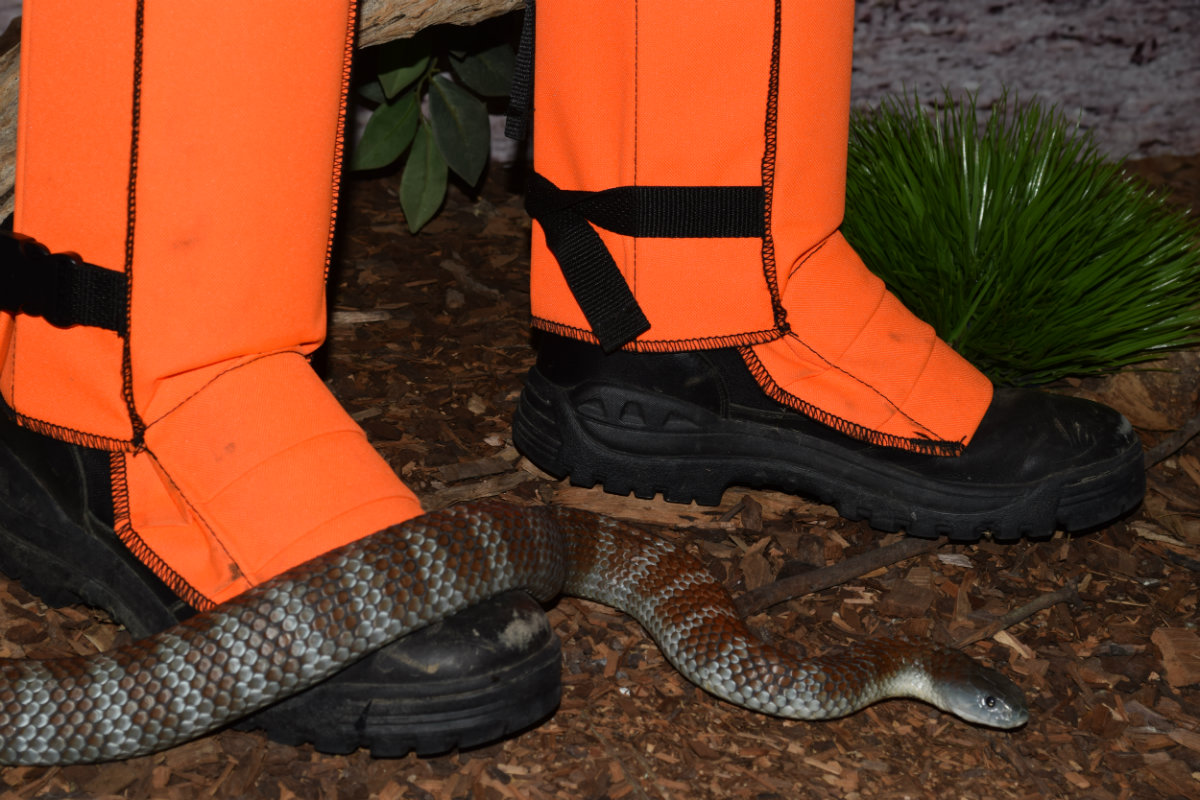
Australia is home to many of the world’s deadliest and most venomous snakes. And with large swathes of the country far removed from medical facilities, travellers need the ability to treat their own snake bites, if required. Personal snake bite kits are usually quite small and compact, fit easily on a belt loop or in a small backpack and are designed to go wherever you do. As an added bonus, they can usually be used to treat other bites, stings, sprains and burns as well.
PATCH AND GO KITS
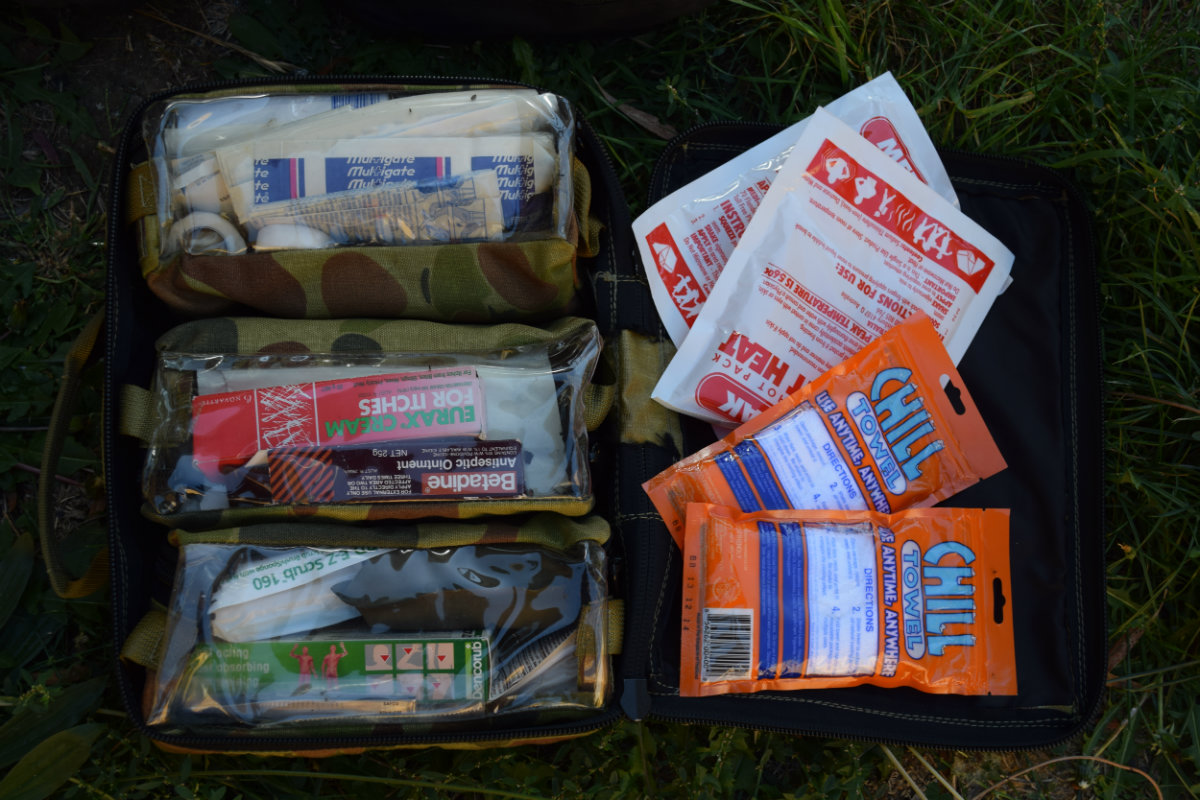
These waterproof kits are specifically designed for outdoor use and are ideal for your backpack or tackle box. They contain everything you’ll need for immediate wound dressing, including items for minor aches and pains, blisters, cuts and abrasions.
VEHICLE KITS
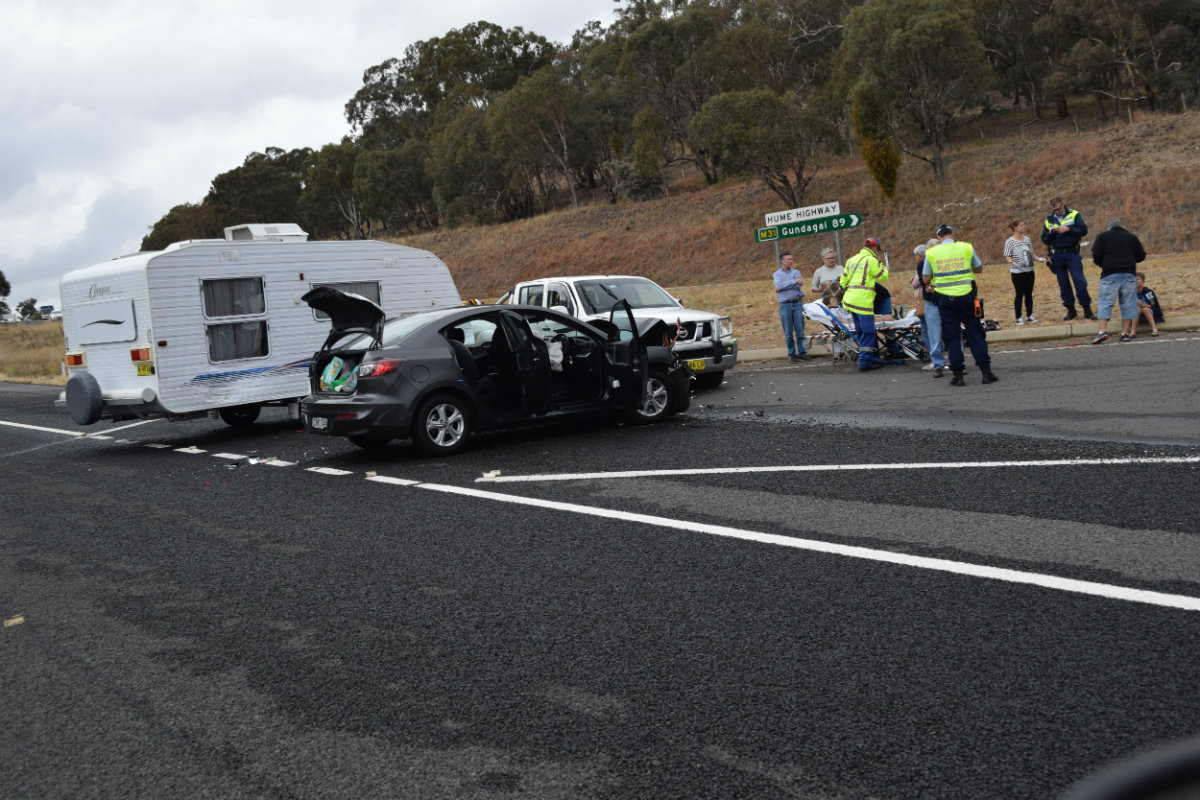
These, usually larger, first aid kits are designed to be carried in your car, 4WD, caravan or boat. They are heavier duty than a regular first aid kit and usually contain the equipment you’ll need to treat more serious injuries often associated with vehicle accidents, such as major trauma, burns, broken bones or heavy bleeding. They’re ideal for the times you need more than just a bandaid! However, the gear can also be used to treat smaller, more common injuries.
REMOTE AREA KITS
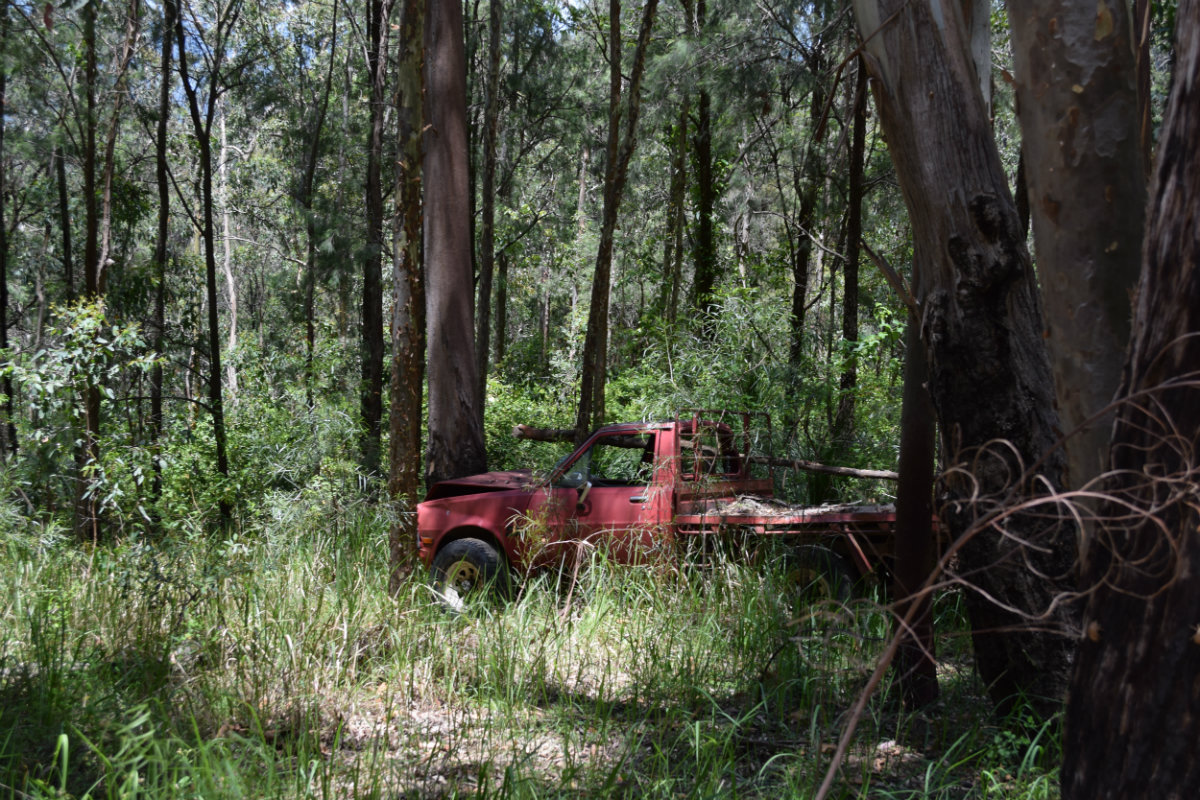
These are similar to a large vehicle medical kit but also contain more equipment to help deliver prolonged medical care. Much of Australia is a long way from a hospital and even rescue choppers or the Royal Flying Doctor can take hours to arrive in an emergency, particular in busy holiday periods. If you’re planning on travelling far off the beaten track, you should seriously consider carrying enough first aid gear to sustain yourself.
ADDITIONS TO YOUR KIT
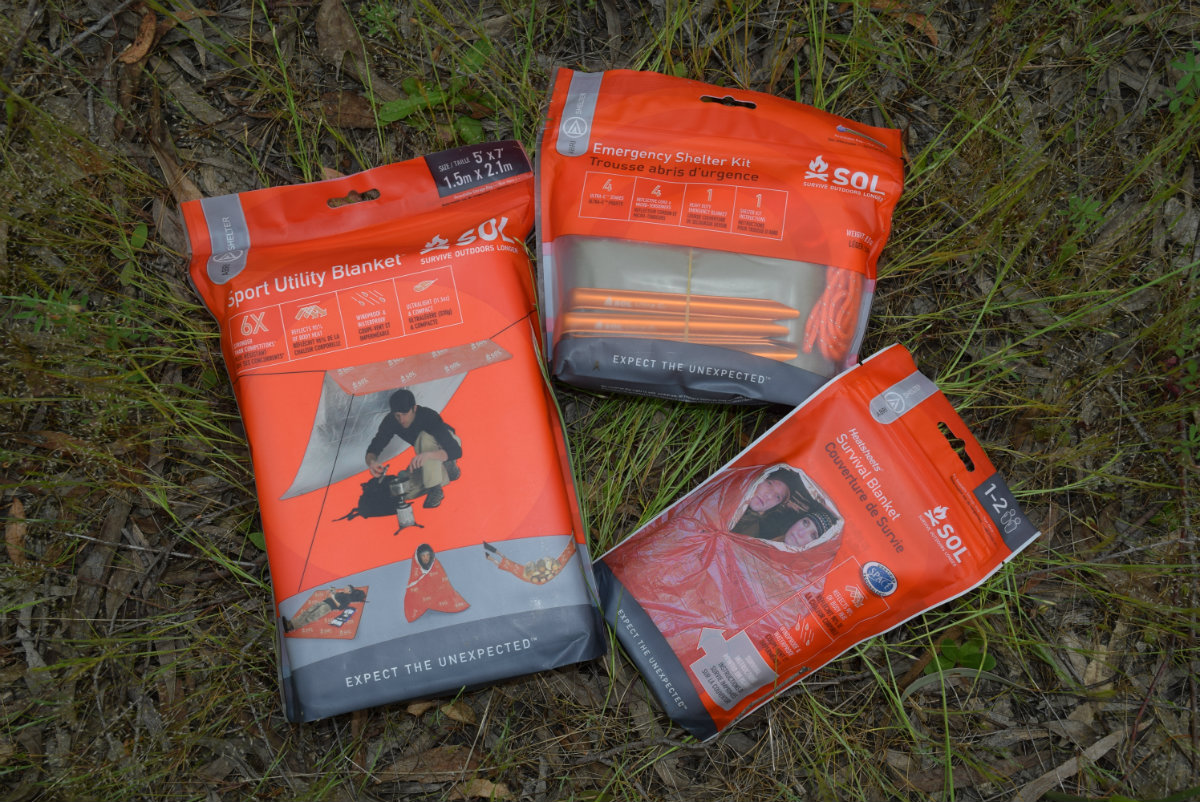
Medication
Like any packing list, different people need different things for different adventures. So when you’re choosing and packing your first aid kit, you should also consider your personal medical conditions and allergies (and those of your fellow travellers). And it’s a good idea to take extra medication, if you require it, to sustain yourself, should you be delayed out on the road.
Dual Purpose Products
Many campers like to live by the philosophy ‘if it doesn’t have two uses, it stays at home’ and this can work for some (but not all!) items in your first aid kit, too. Things like tampons are useful for dealing with puncture, blast, stab or gunshot wounds. And cling-film is very useful for treating serious burns or wounds.
Geo-locators
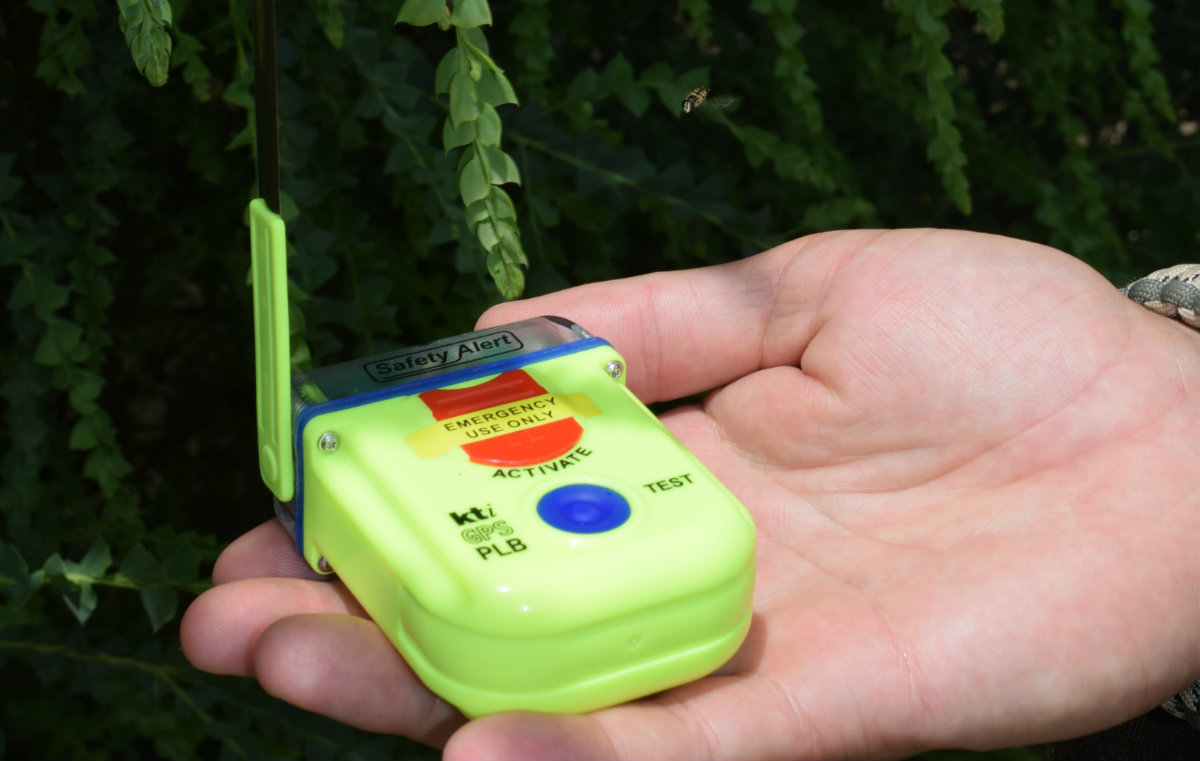
The decision to carry, or not, geo-location devices such as Personal Locator Beacons (PLB), Emergency Position Indicating Radio Beacons (EPIRB) or SPOT or SEND devices is often decided by money. They’re not cheap. However, it’s worth asking yourself if you can afford to travel without one? What will you do if you’re in a serious car accident miles from civilisation and stuck in the cab with two broken legs and a fuel leak nearby? You’d want to be able to grab your PLB, that’s what!
Deciding what type of geo-locater to travel with comes down to your priorities. PLBs are the land- lubber’s version of an EPIRB, which is usually carried at sea. When activated (only in life-threatening emergencies), the device will send a message via satellite straight to the appropriate search and rescue organisation, which is the same system the government uses.
SEND devices like Spot or In-Reach are operated by commercial providers and have additional features on top of emergency activation, such as the ability to allow you to keep in touch with loved ones while on the road. But there can be blind spots in the coverage of these devices, and the first-responder to any emergency message will be the commercial operator who will have to relay your message to search and rescue teams.
Lights
We’d all be lying if we said we hadn’t navigated, at some point or another, by the light of our mobile phone screen or its handy Torch app! But it wouldn’t pay to rely on this form of illumination when you’re out bush. A torch is an essential bit of kit for performing first aid in the dark or even checking for hazards. And, it’s worth knowing that, if you have to activate your PLB, many models have a powerful strobe light which can also be activated – not only giving you light but also useful for attracting the attention of rescuers.
Weather Specific Items
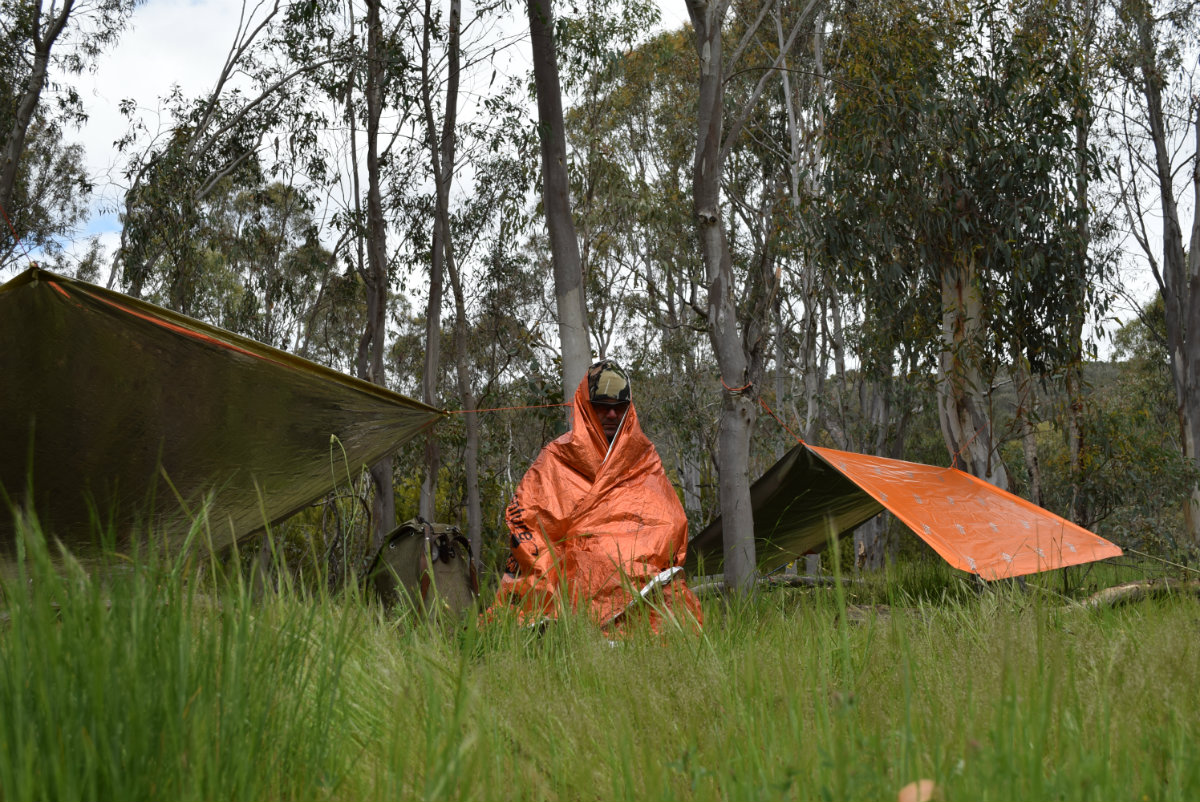
As the weather and seasons change, so too should the content of your first aid kit. If you’re planning to travel in very hot or dry areas, where dehydration is likely, hydration products, like Hydrolyte, are essential. In fact, this would be a handy addition to a basic first aid kit all year round.
In cooler and potentially wet conditions, consider carrying a small survival blanket at a minimum. If you have the space, a small tent, survival shelter and micro-fibre towel are all great additions as well. A hypothermic patient is probably among the worst case scenario you could encounter.
MEET THE AUTHOR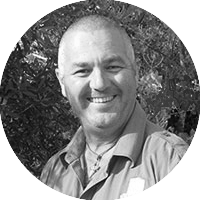
Scott Heiman
Scott is an Environmental Scientist with 25 years combined service in the Army and AFP. He is the Managing Director and Principal Consultant for Heiman Habitat. Combining his skills and professional experience, Scott is a freelance writer and consultant focusing on issues relating to environmental management, bush-craft, remote area operations and camping.

